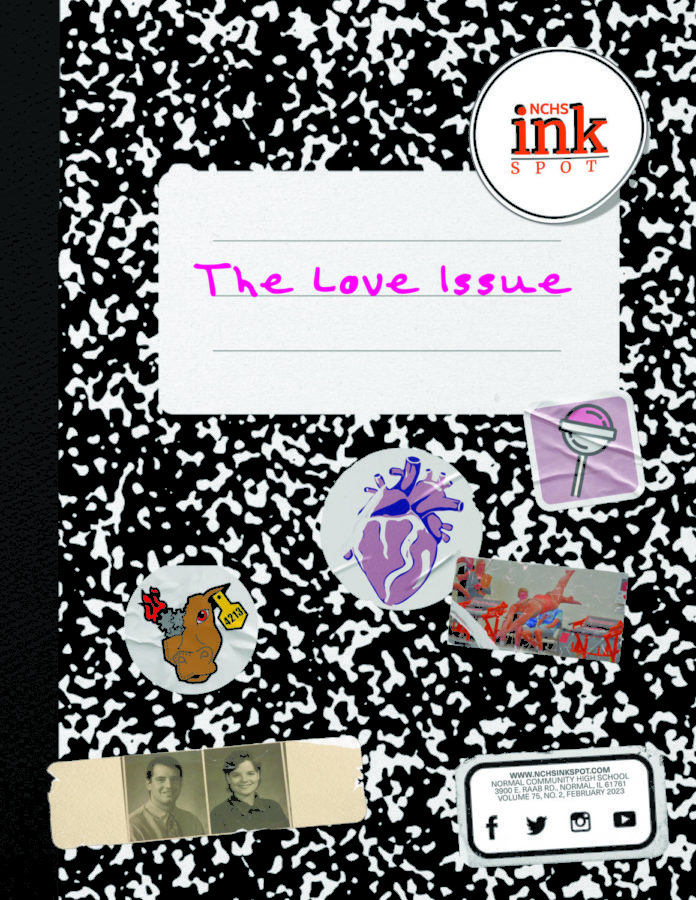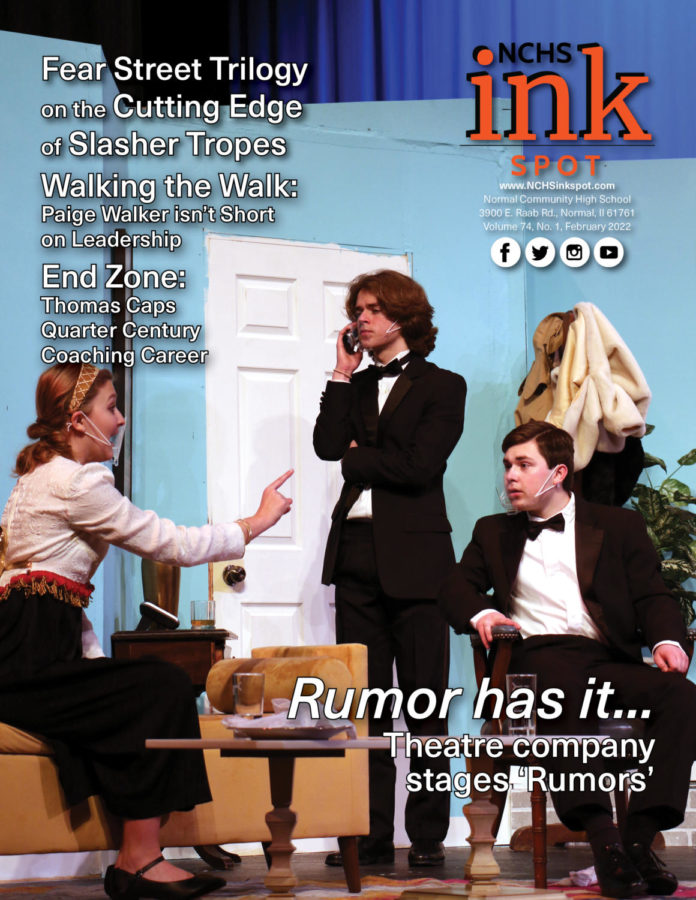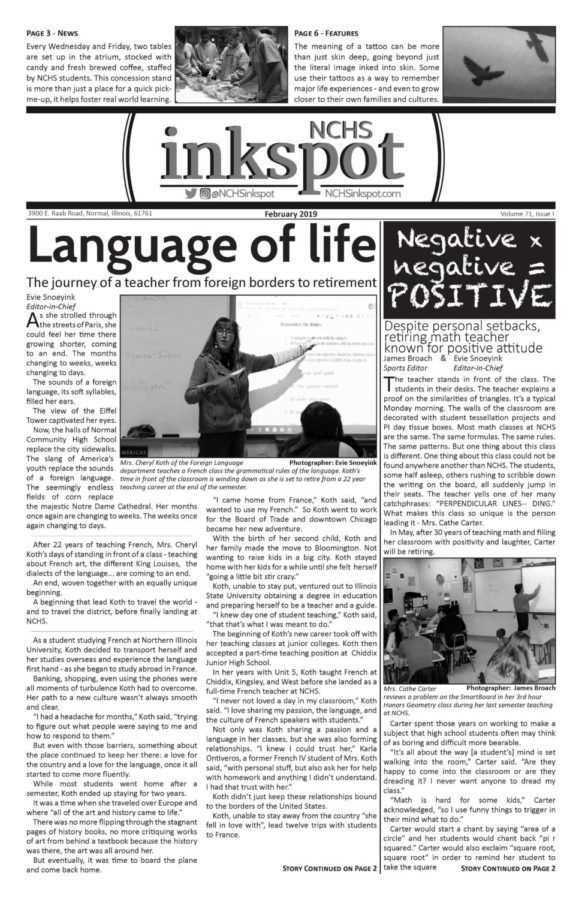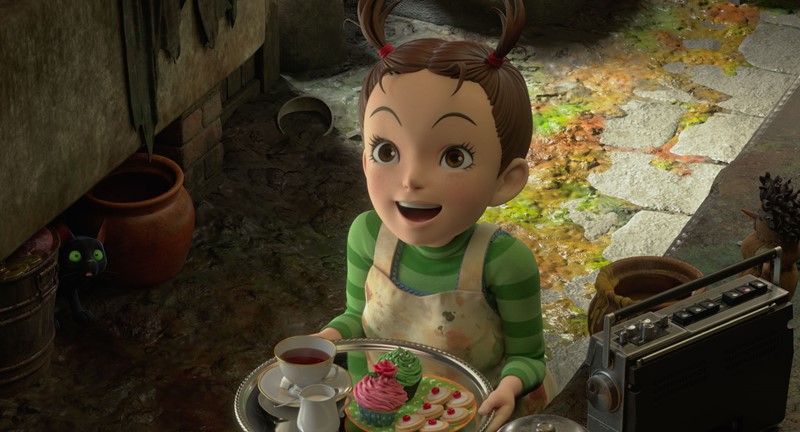“Earwig and the Witch,” Studio Ghibli’s first film in four years, fails to bewitch the audience. In developing the movie, director Gorō Miyazaki missed adding a few of the iconic animation studio’s most potent ingredients.
Gorō Miyazaki, son of the company’s founder Hayao Miyazaki, is responsible for some of the studio’s worst-received films. His dad, in contrast, claims the successes of “Spirited Away” (2001), “Howl’s Moving Castle” (2004), and “Ponyo” (2008).
Unsurprisingly, the younger Miyazaki has made another flawed film, arguably the worst yet, but with a new twist — CGI animation.
“Earwig and the Witch,” based on Diana Wynne Jones’ book, is the story of Erica Wig, a manipulative orphan with no idea her mother had magical powers. Erica’s life dramatically changes after she is adopted by a strange couple — a witch and a demon. Discovering that she was only adopted to help with housework, Erica devises a plan to regain the freedom and control she lost.
In the process, the young girl discovers a world of potions and spells and what might be the key to finding the family of her dreams.
Adapting Jones’ work had proven successful for the studio in the past. Studio Ghibli earned an Academy Award nomination for the film version of Jones’ “Howl’s Moving Castle” in 2004. Despite potentially strong source material, Studio Ghibli’s “Earwig and the Witch” lacks the qualities the Japanese animation studio is known for.
Gorō Miyazaki fails to provide the strong female leads, heart-warming friendships, and hand-drawn animation that viewers have come to expect from Studio Ghibli. These characteristics have led to the studio’s immense success in the film industry — the company boasts a list of international accolades that includes five Academy Award nominations, with “Spirited Away” winning Best Animated Feature in 2002.
Since founding Studio Ghibli in 1985, director and animator Hayao Miyazaki has developed the company’s distinctive style. “Earwig and the Witch” abandons this style — it’s the first film by the company to be animated entirely using CGI. While the studio has used computer animation to enhance certain scenes since “Princess Mononoke” (1997), the absence in traditional animation is one of “Earwig’s” glaring faults.
Filmmaker Asher Isbrucker’s video essay “The Immersive Reality of Studio Ghibli” explores the animation style fans have come to expect from the company — one that has a foundation of realism, including lifelike character movement, detailed world-building, and applies animation techniques like rotoscoping.
In the move to a completely CGI film, that connection to reality is severed. While “Earwig and the Witch” has a distinct visual style, it is distinctly not one associated with Studio Ghibli.
According to Gorō Miyazaki, CGI was used to make the animation process easier and more modern. Though the backgrounds are detailed and have a maximalist aesthetic similar to “Howl’s Moving Castle,” this does not make up for the stiff characters and odd wax-like facial expressions. The character designs are absent of texture and look flat.
The use of CGI in “Earwig and the Witch” is a sad attempt at modernity at the cost of what makes this studio’s typical work beloved.
Even if the film were animated in the studio’s traditional style, “Earwig and the Witch” would still fall short. One main flaw of the film is its plot development, something Gorō Miyazaki has struggled with in the past.
His first film, “Tales from Earthsea,” suffered from an incomplete story, ultimately making it Studio Ghibli’s lowest-rated film on Rotten Tomatoes until “Earwig and the Witch.”
With “Tales from Earthsea,” Miyazaki’s issue was veering from the source material the film was based on. “It is not my book,” author Ursula K. Le Guin said, expressing her disappointment with the director’s interpretation.
The issue with “Earwig and the Witch” is that Miyazaki stays too faithful to the original text. As a straightforward, short children’s story Jones’s book doesn’t provide the nuance and complexity Ghibli usually features in its storytelling.
With their adaptation of “Howl’s Moving Castle,” the studio knew when to veer from the original text and when to stay faithful to it. The resulting product was a film much richer than the children’s book it was based on.
While the film has opportunities to add complexity and flesh out storylines, it fails to do so. As a result, “Earwig and the Witch” feels disjointed. The movie sets up several overarching plot pieces but doesn’t follow through with any of them. Almost an hour of the movie’s 82-minute runtime is devoted to storylines that go nowhere.
These undeveloped moments occur as early as the film’s opening minutes. In the first scene, Erica is abandoned at an orphanage with a letter attached to her, which reads: “Got the other twelve witches all chasing me. I’ll be back for her when I’ve shook them off. It may take years.” The twelve witches are never mentioned again, and the woman does not reappear until the movie’s final few minutes.
Another potentially rich plot point that falls flat is introduced when Wig arrives at her new home, finding a radio and CD. While the song plays, a witch rock band is shown. Erica listens to the CD several times during the story, making it feel like it has some more profound significance to the plot. However, just as the story surrounding the relationship between Wig and the witches rockers finally seems to pick up, the credits roll.
The lack of a developed and complex plot also contributes to the movie’s lack of world-building. Besides the first few scenes in the orphanage, the story only takes place in Wig’s adoptive home.
In other Ghibli films, there is typically a wide variety of settings, providing a broader view of the world in which the fantastical stories are set.
In “Earwig and the Witch,” the admirable and likable female leads of Hayao Miyazaki’s Ghibli films are noticeably absent.
“Spirited Away” has confident Chihiro, “Howl’s Moving Castle” has brave Sophie, but “Earwig and the Witch” has spoiled and bratty Erica.
All of the characters in “Earwig and the Witch” are unlikable, with no apparent redeemable qualities. From the couple that adopts Erica, the demon, “Mandrake,” and the witch, Bella Yaga — who are both cruel and treat Wig like a servant rather than a child — to Erica herself.
One of the best parts of the Hayao Miyazaki Ghibli films is the ability for viewers to find themselves feeling connected to the characters and watching them grow.
This is hardly the case for “Earwig and the Witch.” The protagonist, Erica Wig, revels in the fact that she has complete control of the other kids in her orphanage. Unlike Chihiro in “Spirited Away”, who viewers watch grow into a loveable protagonist throughout the film, Wig’s lack of growth is highly disappointing. She starts the movie as she began it, controlling and manipulative.
The relationships portrayed in this film are wholly toxic, specifically between Erica and her best friend, Custard. Erica forces him to partake in her wrongdoings at the orphanage and puts him through stress for her enjoyment. This is a stark contrast to the portrayal of healthy relationships in other Ghibli films, like “Ponyo”, which features a balanced relationship between Ponyo and Sōsuke, where both fight to remain by each other’s side.
Though the film suffers in many aspects, the one highlight of “Earwig and the Witch” is the Kacey Musgraves song, titled “Don’t Disturb Me,” that plays throughout the film.
The song mainly features an organ and crash cymbal, creating music unique to the typical Ghibli soundtrack, an unexpected departure, but this time in a good way. However, the rest of the soundtrack pales in comparison to other Ghibli film scores. None of it sounds cohesive, as the songs range from ’70s rock to “Pink Panther”-esque instrumentals.
In a recent interview with The Verge, Gorō Miyazaki was asked what makes a film a Ghibli film, and Miyazaki replied, “I wish somebody could give me an answer.”
Gorō Miyazaki himself seems not to understand the elements necessary to making a Ghibli film, which is most likely why this movie fell short. Despite the film’s potential to provide a new look for Studio Ghibli, “Earwig and the Witch” feels unfinished and unrefined, leaving a bad taste in the audience’s mouth.








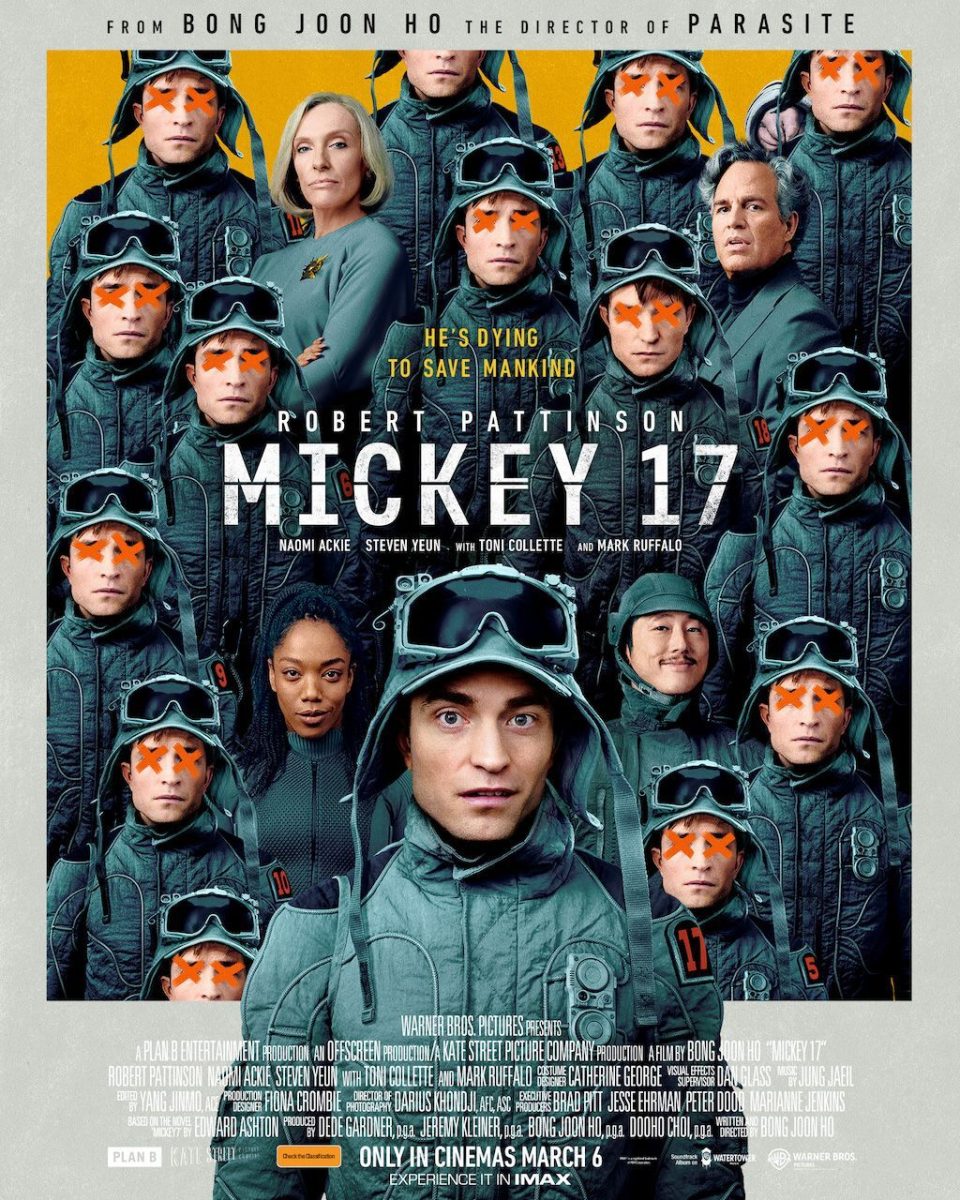
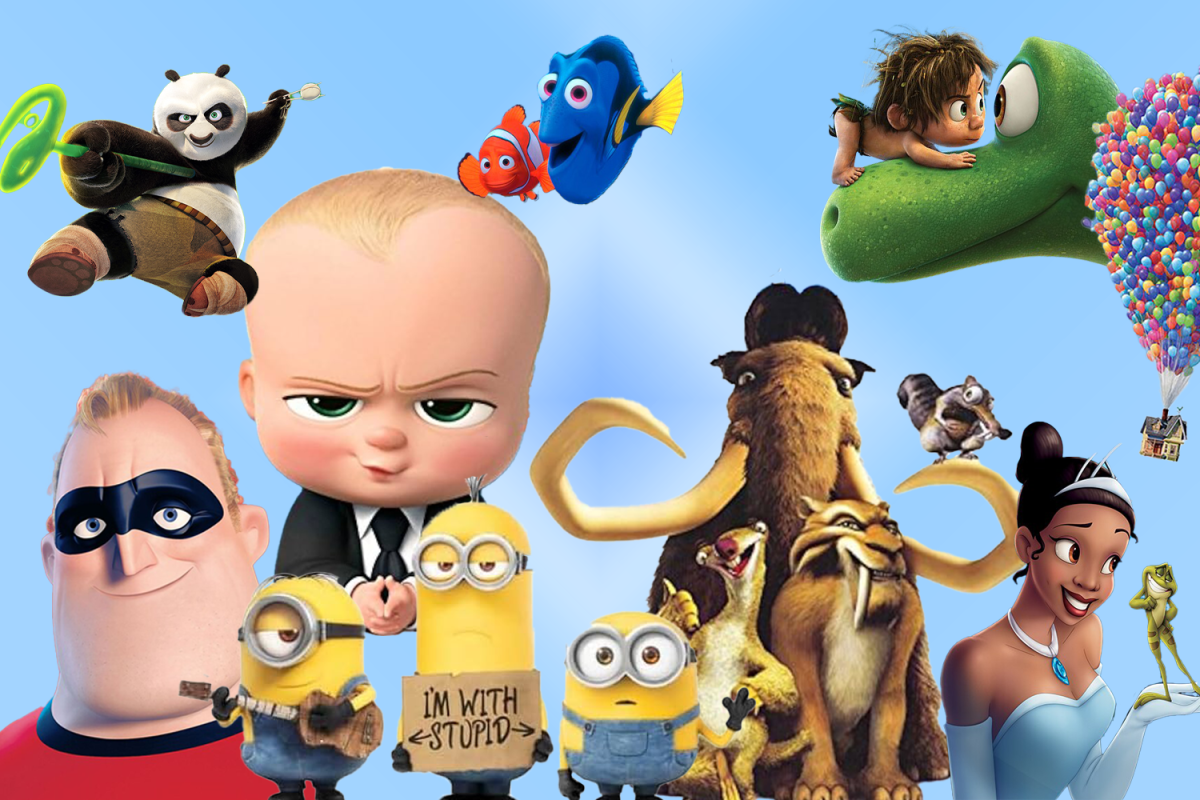
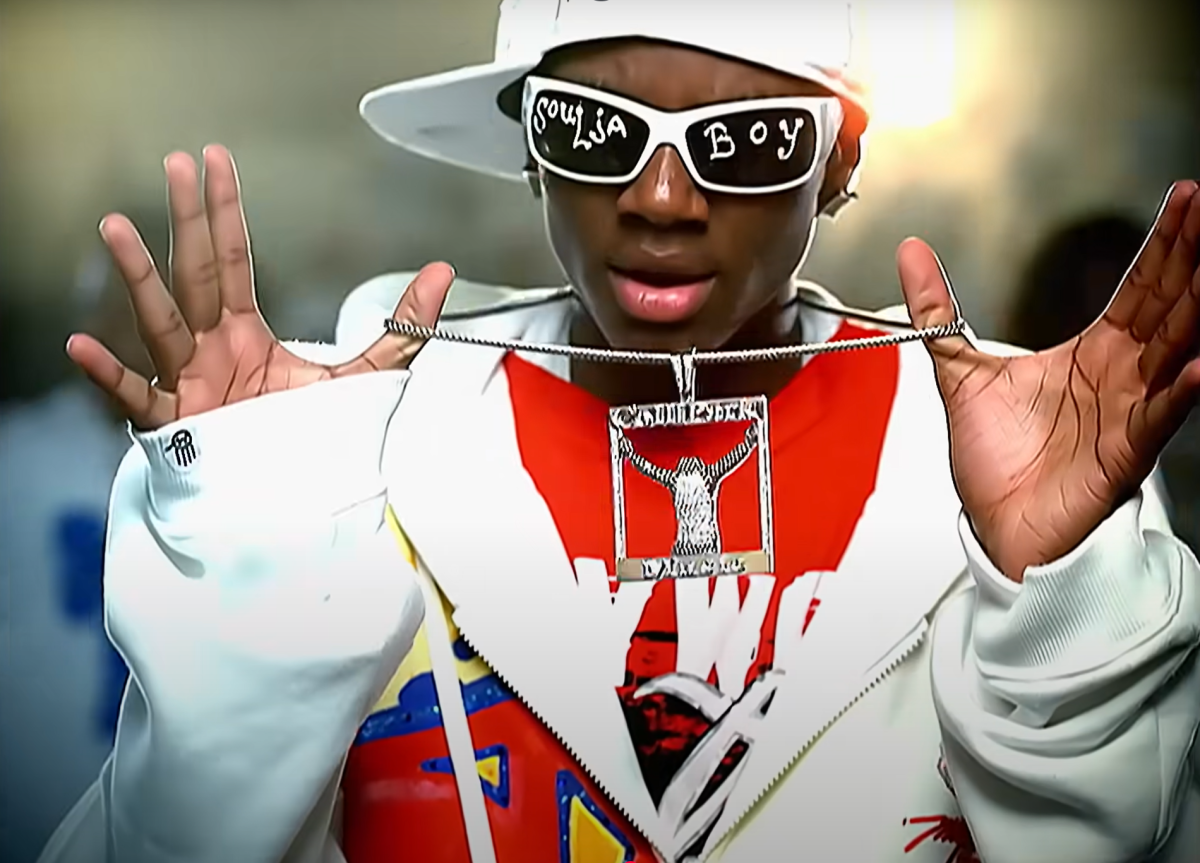
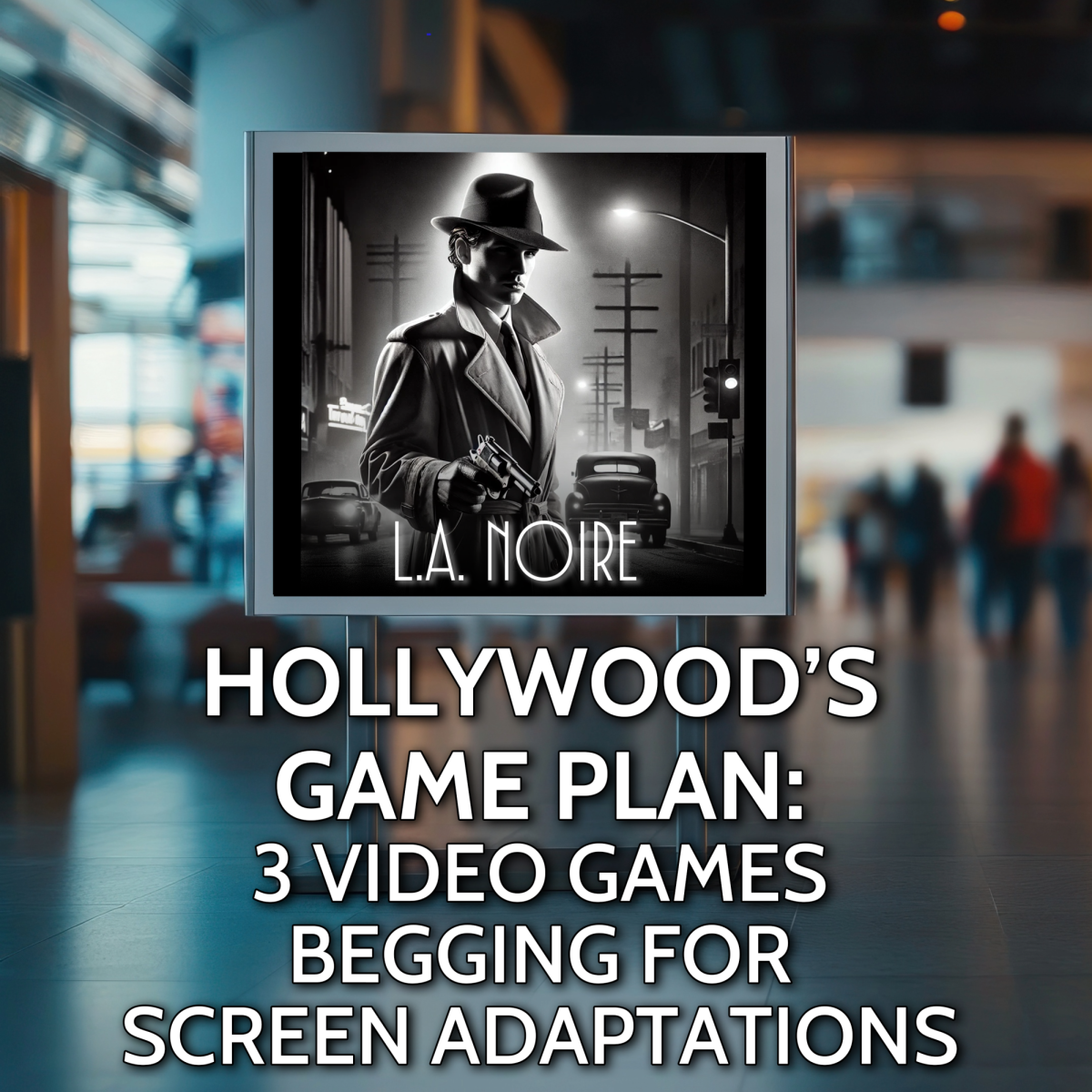
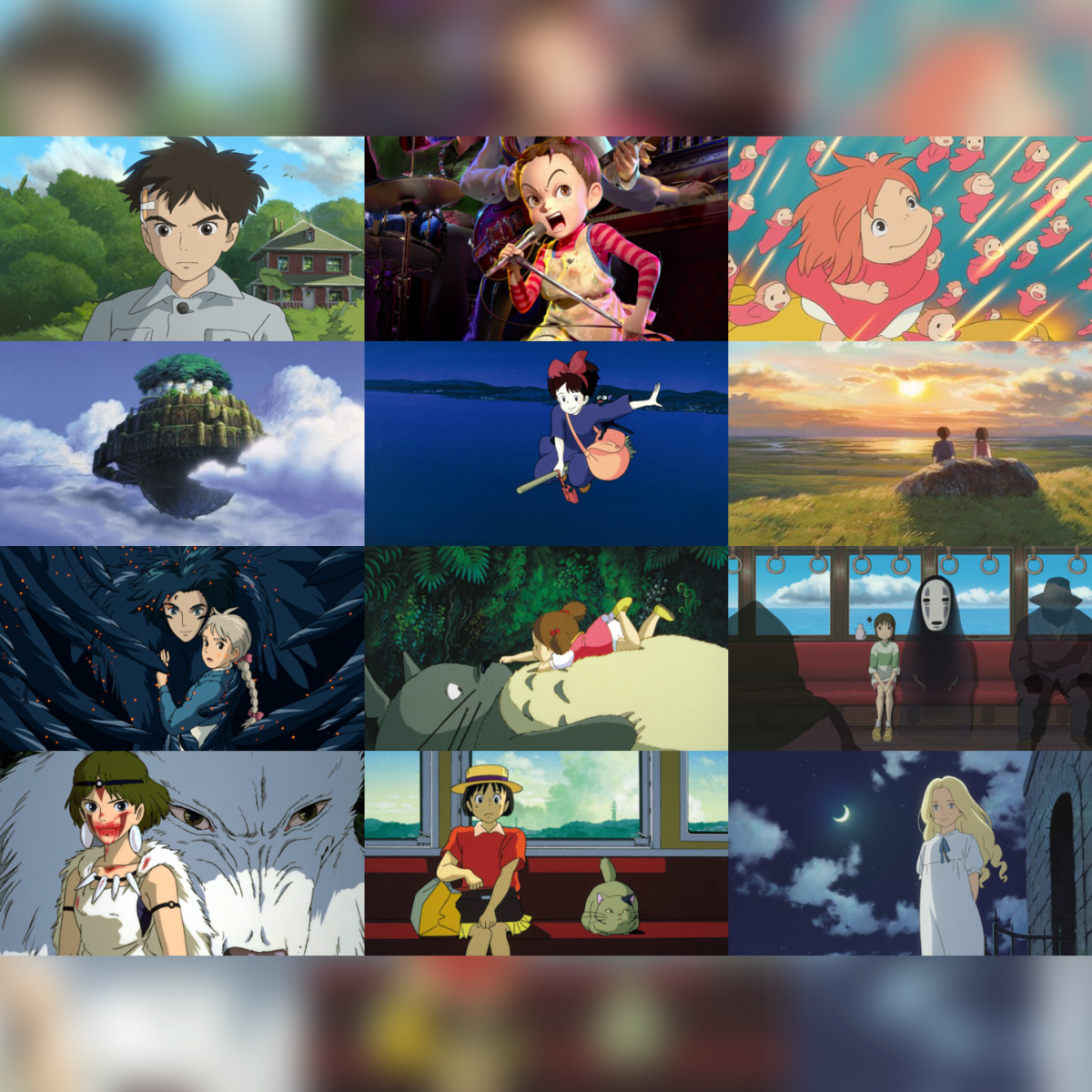
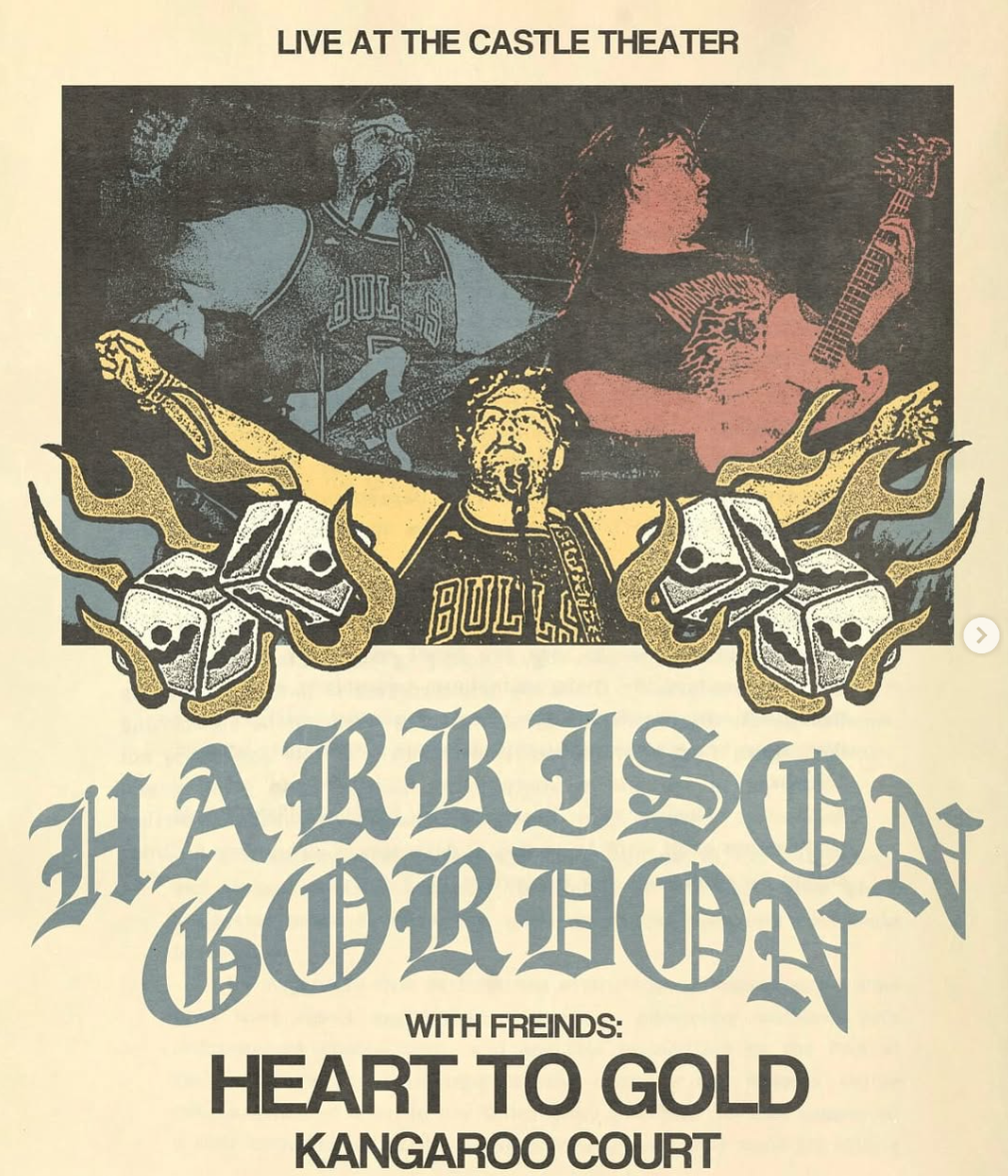
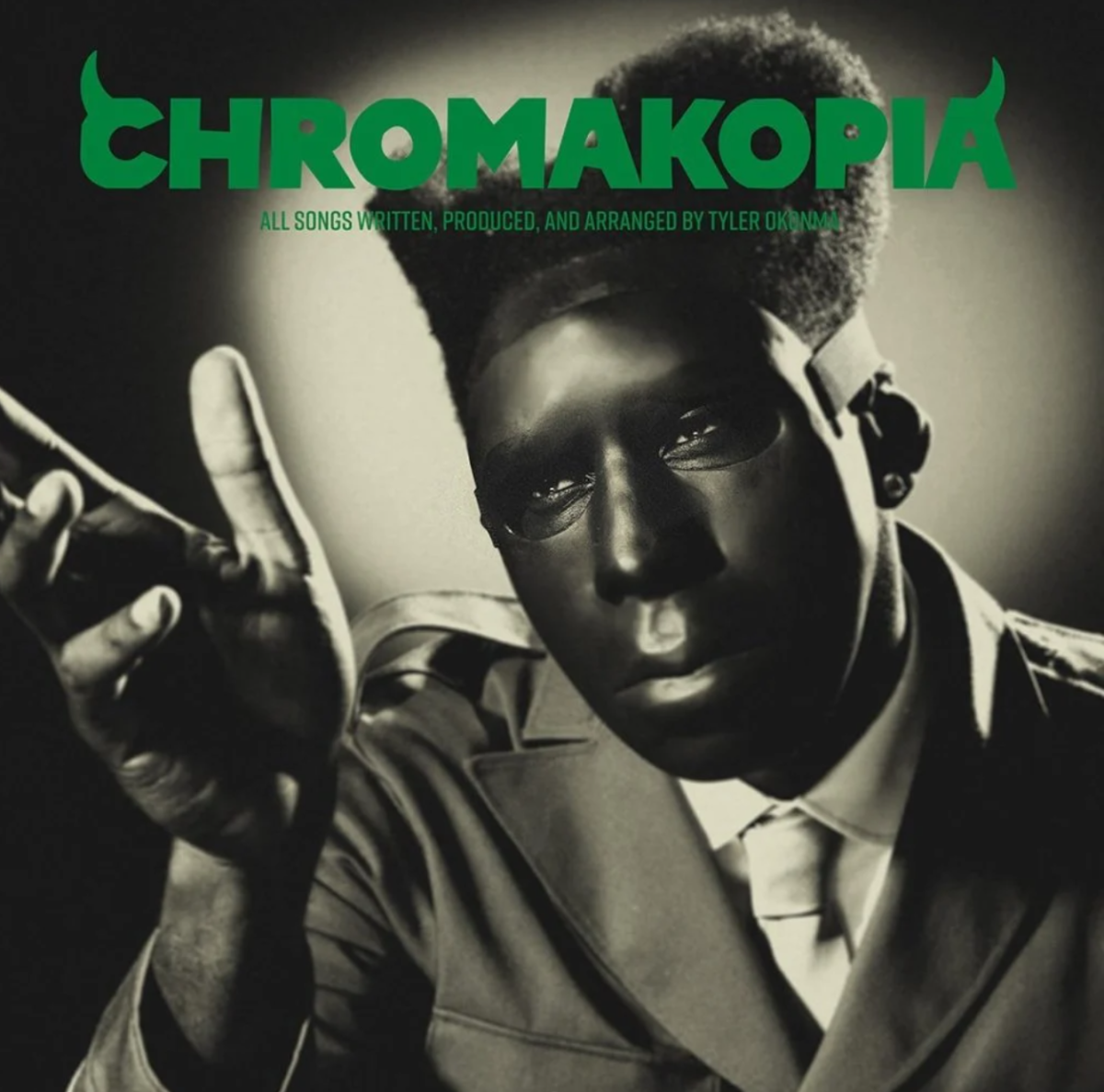
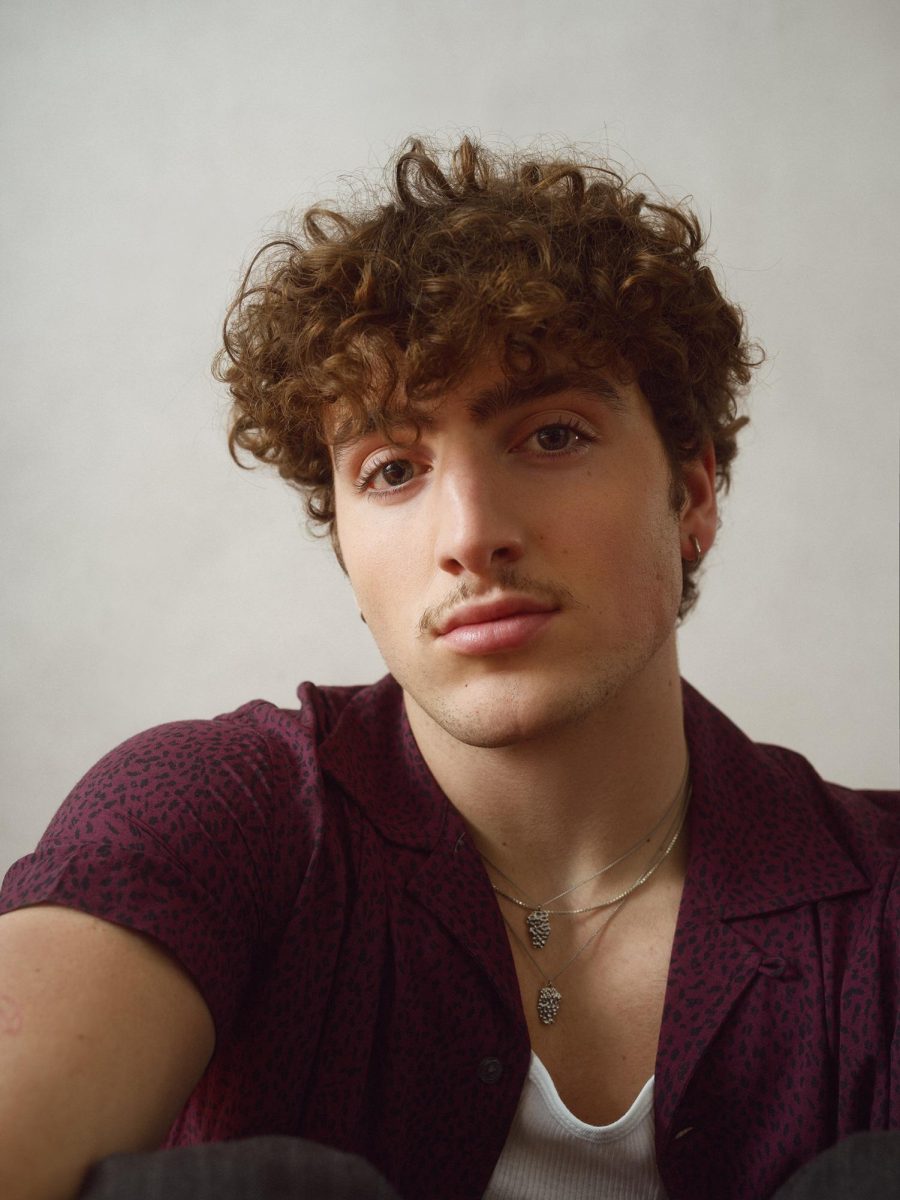

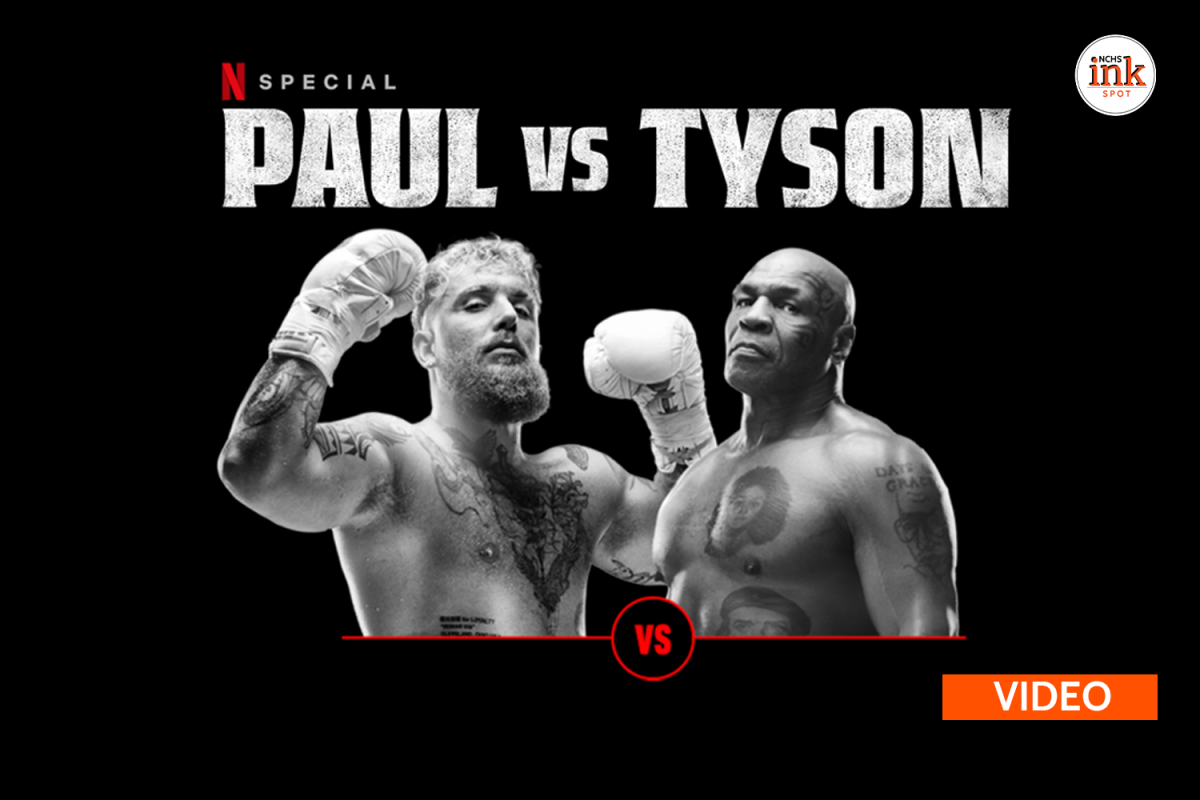


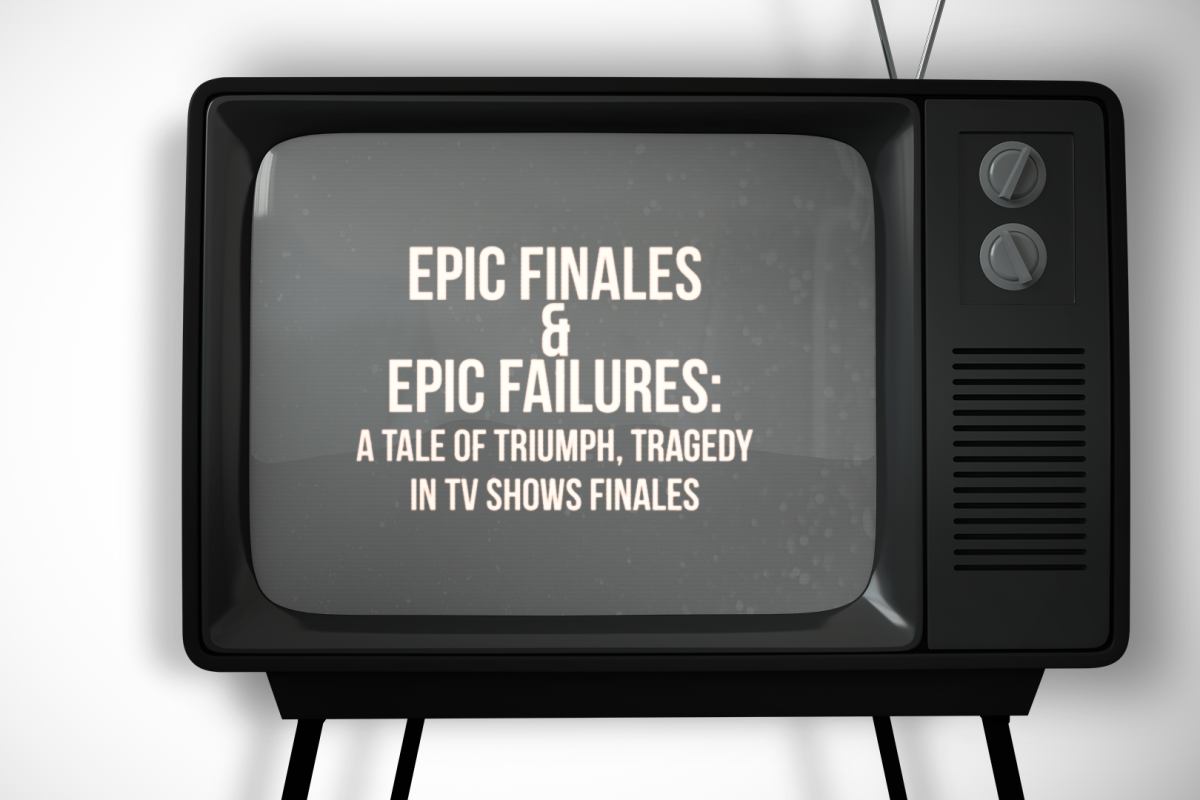
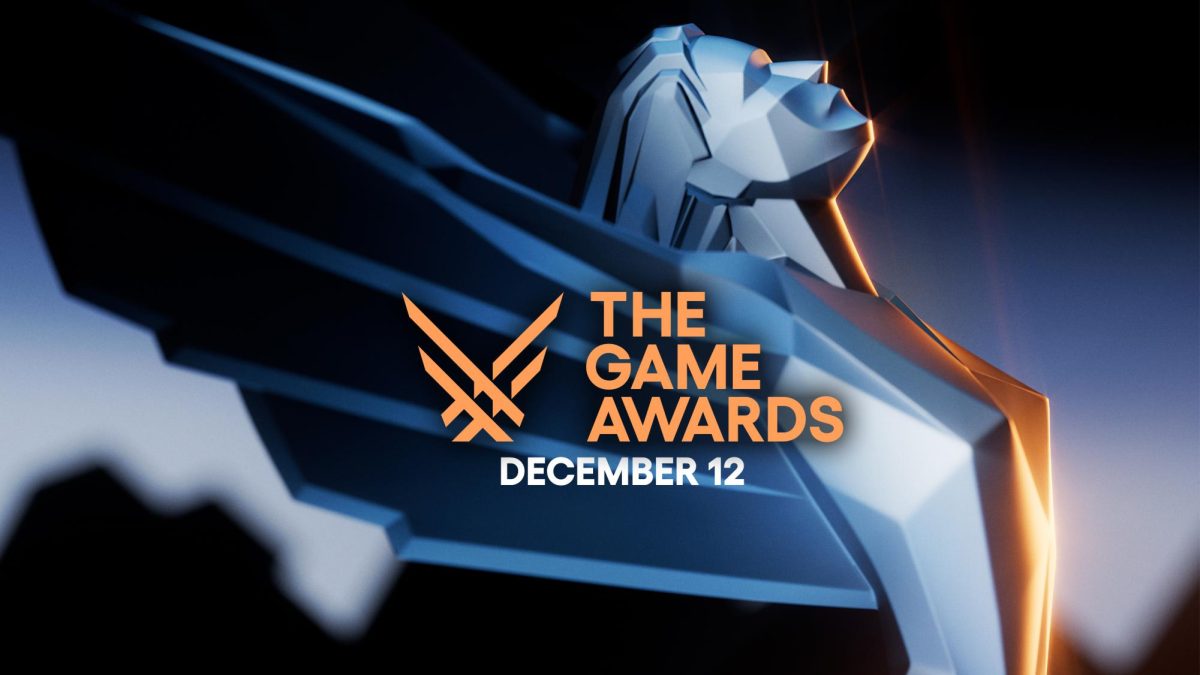
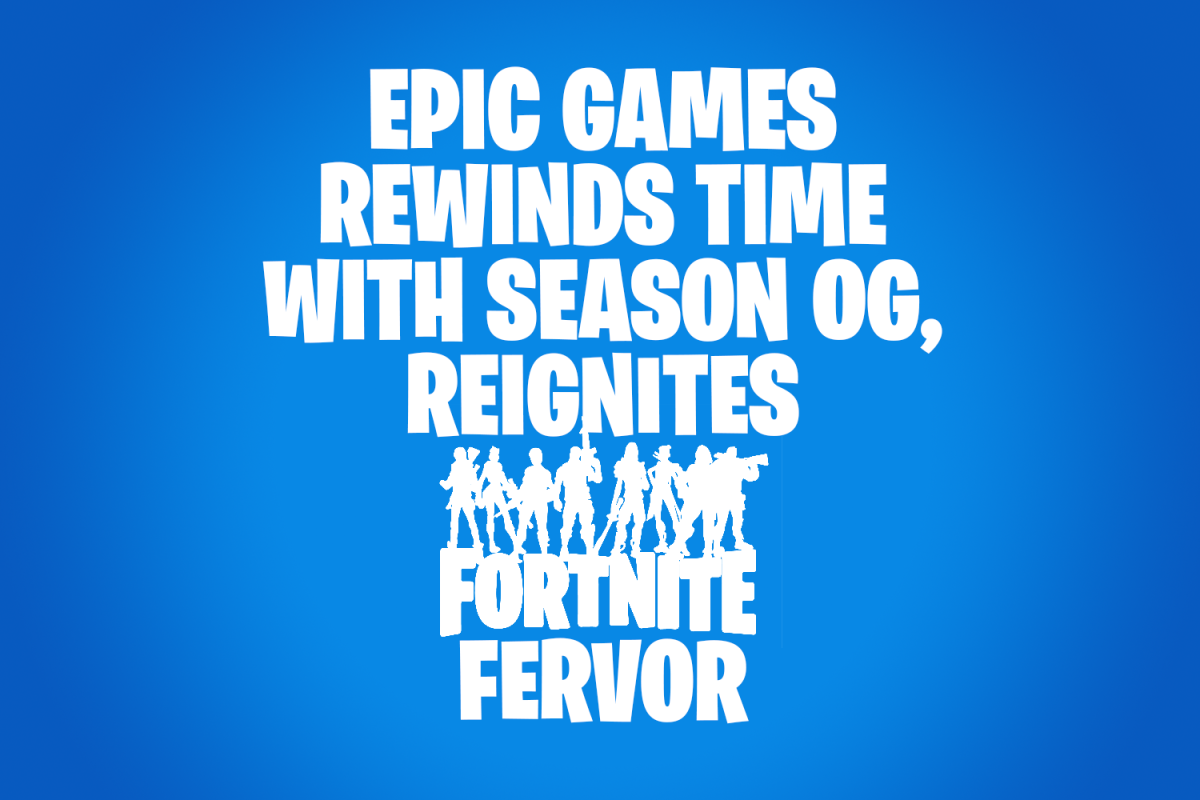
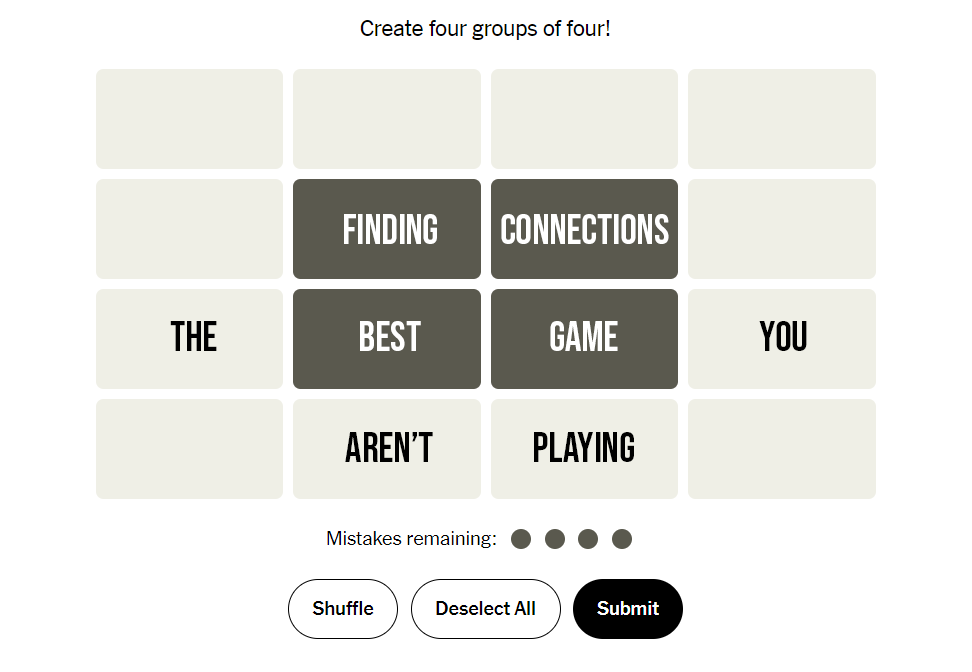
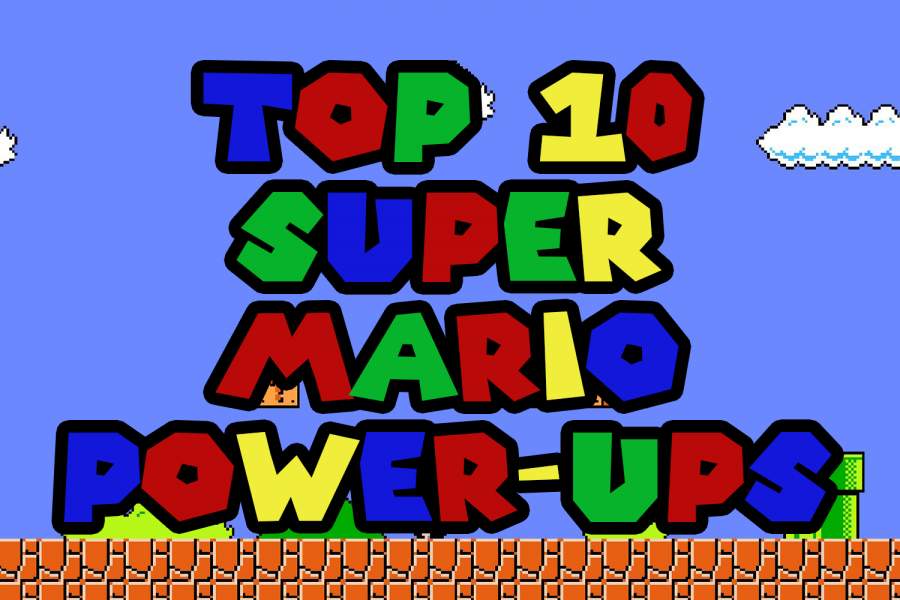





![Coach Drengwitz on the loss to Mt. Carmel, 2024 season [video]](https://nchsinkspot.com/wp-content/uploads/2024/11/Postseason-presser-feature-1200x800.png)

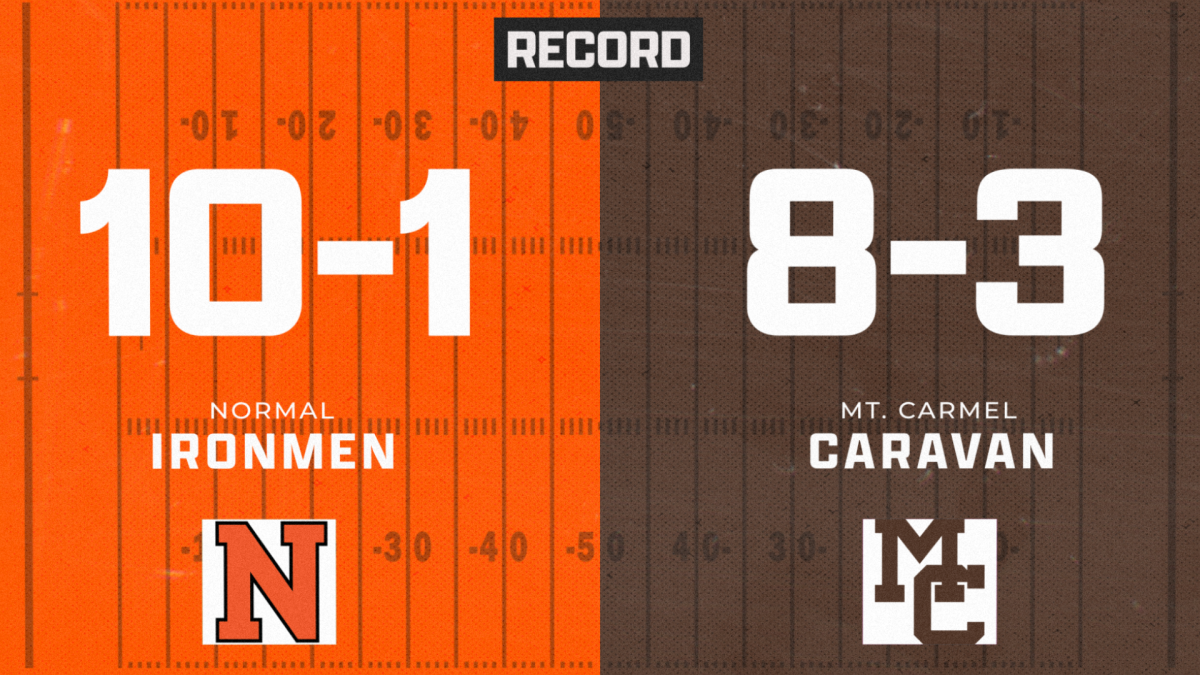
![IHSA 7A Football Playoffs Quarterfinals: Ironmen head coach on facing the Mt. Carmel Caravan [video]](https://nchsinkspot.com/wp-content/uploads/2024/11/0w12-web-feature-1200x800.png)


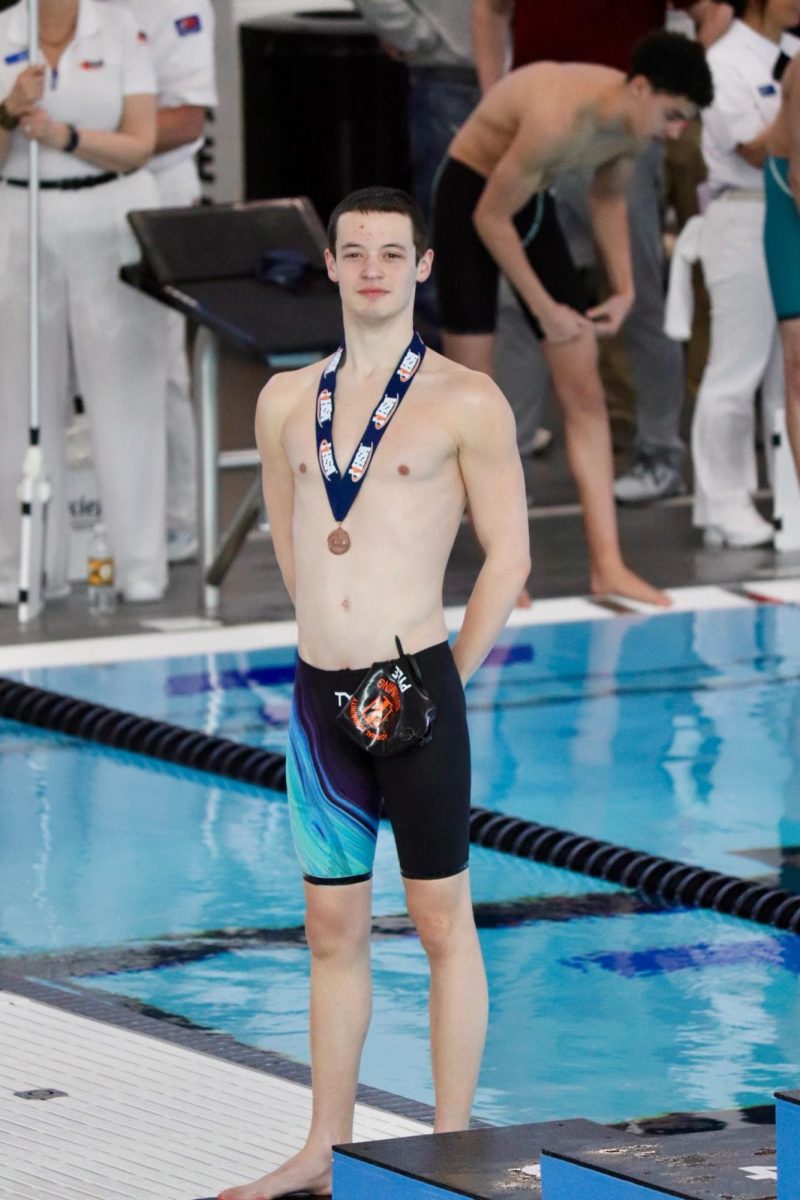



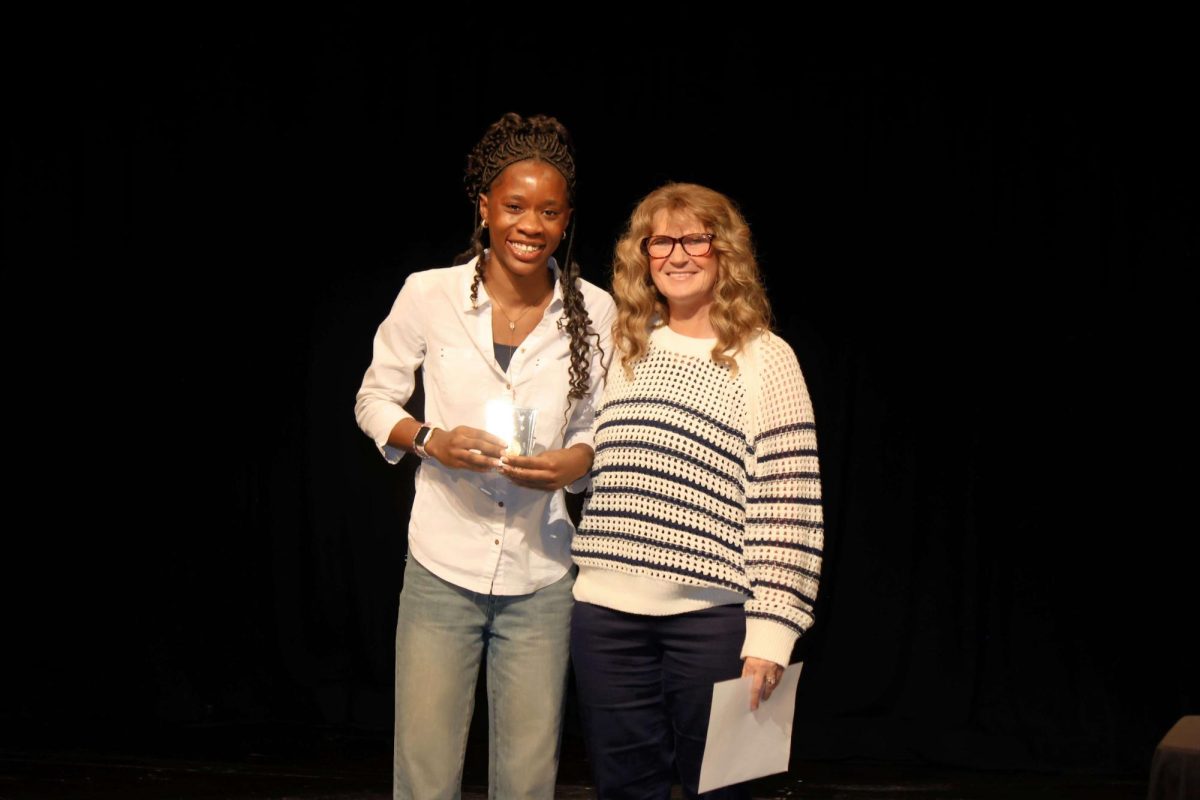
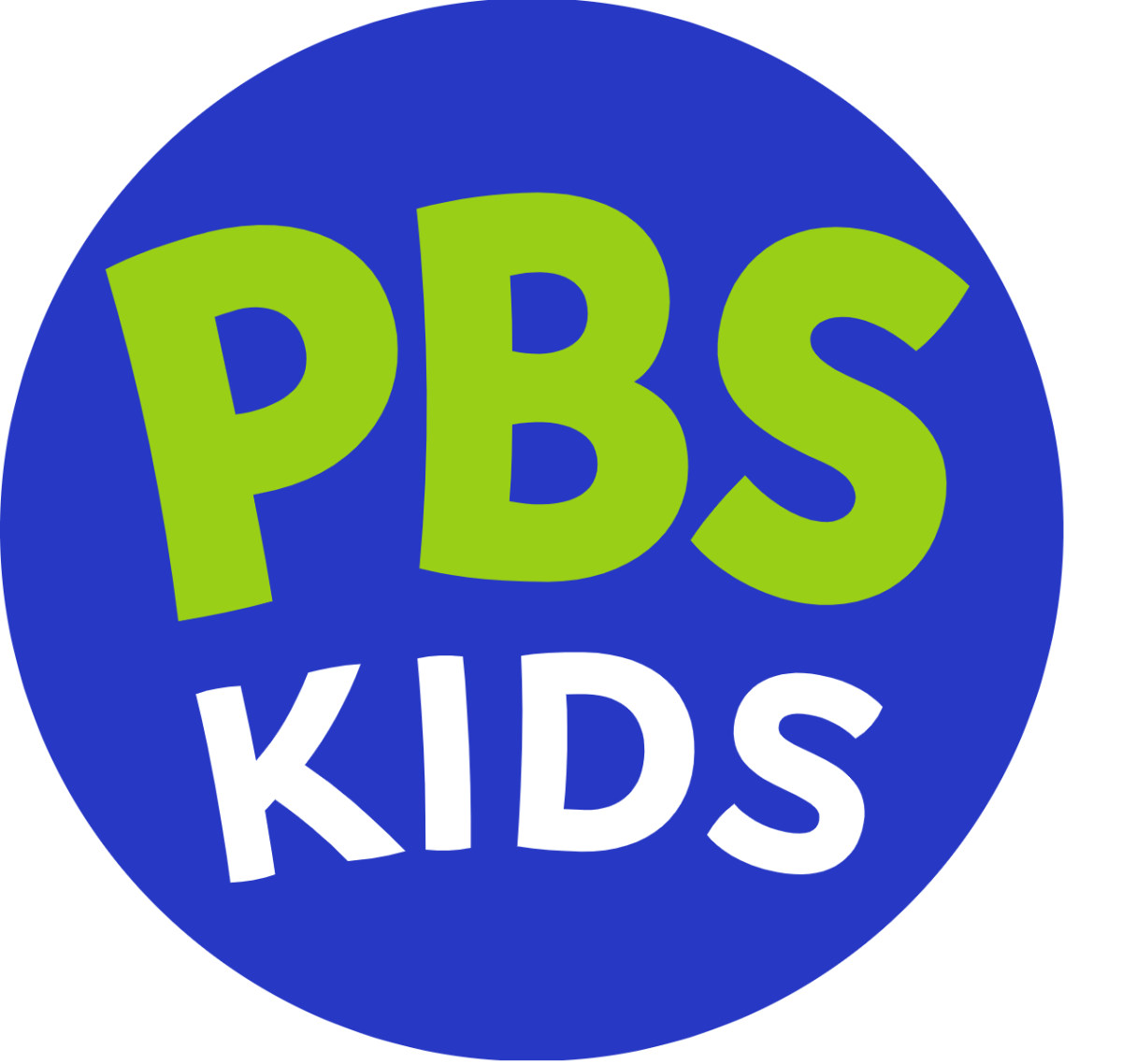

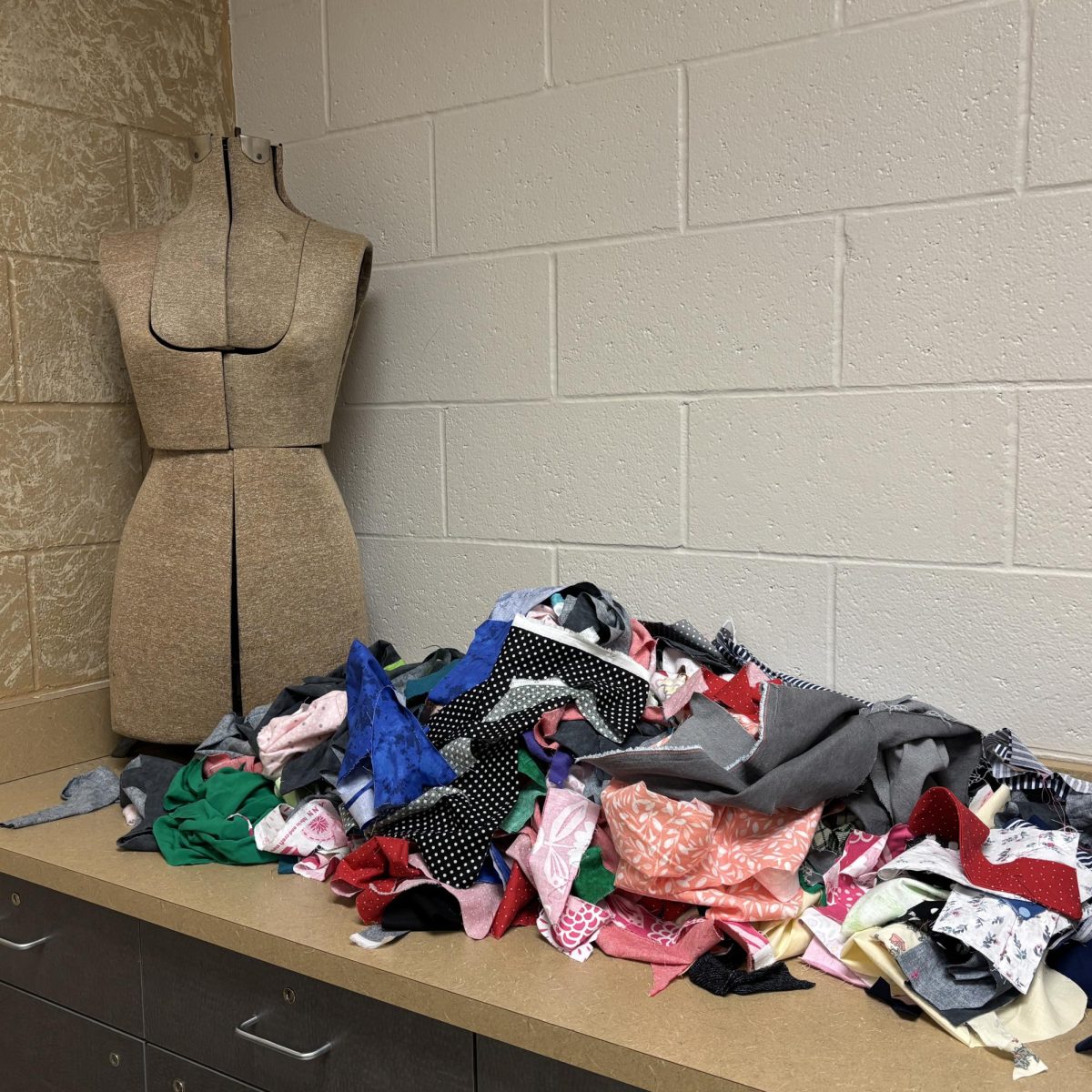


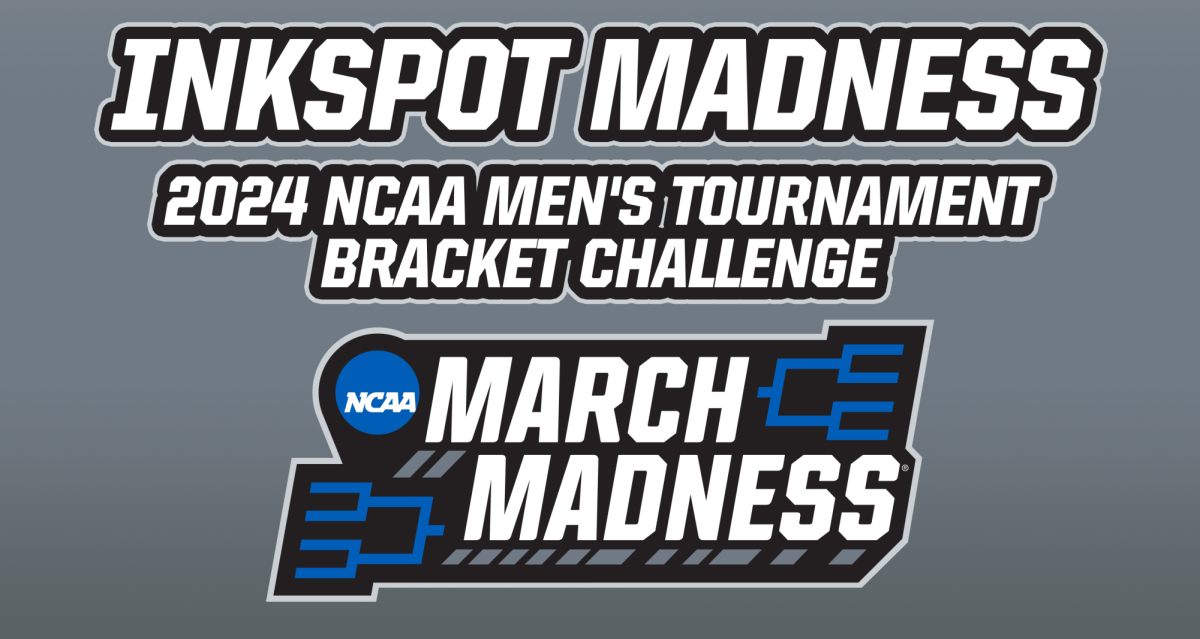
![Halloween candy cross section quiz [quiz]](https://nchsinkspot.com/wp-content/uploads/2022/10/Candy-cover-big-900x675.png)
![Average Jonah? [quiz]](https://nchsinkspot.com/wp-content/uploads/2022/05/average-jonah-900x600.png)


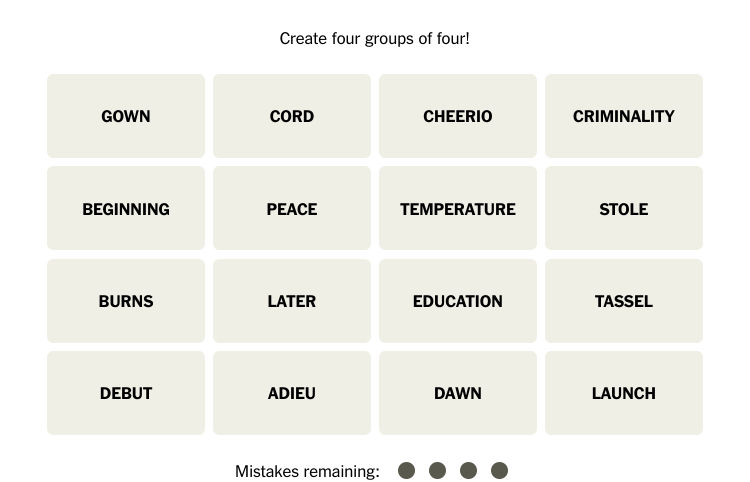
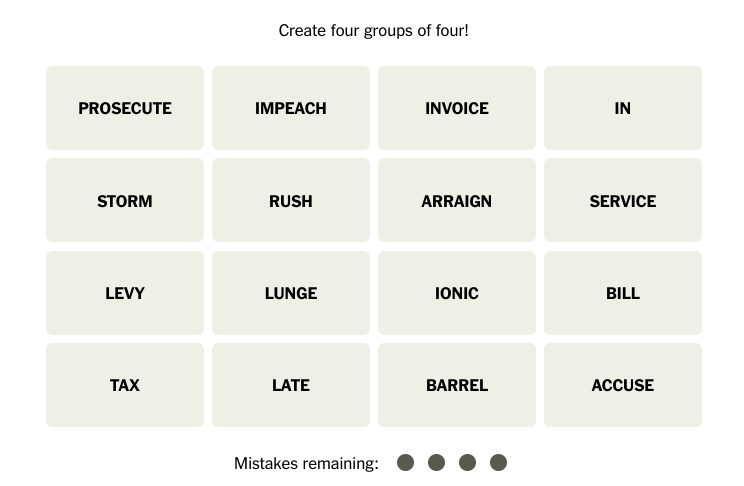
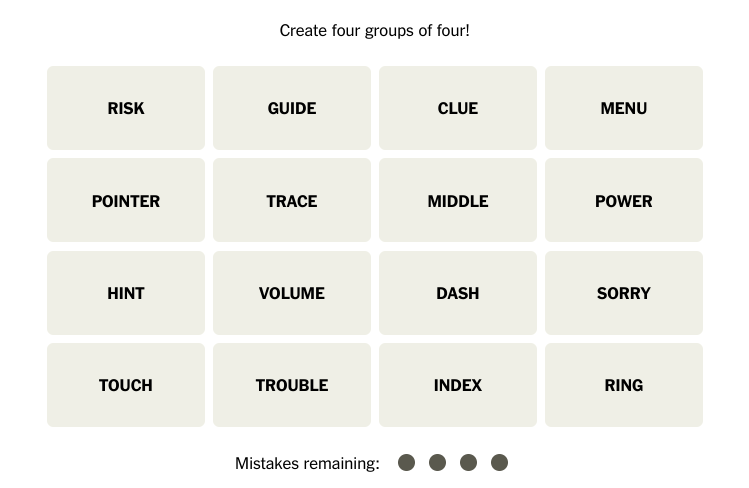
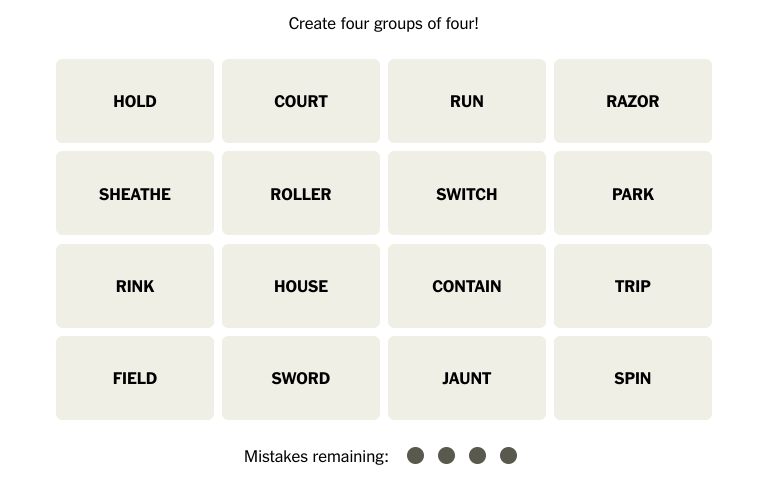
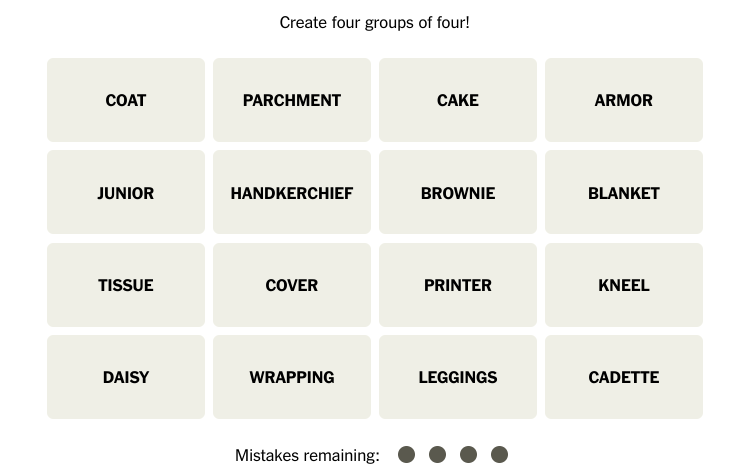

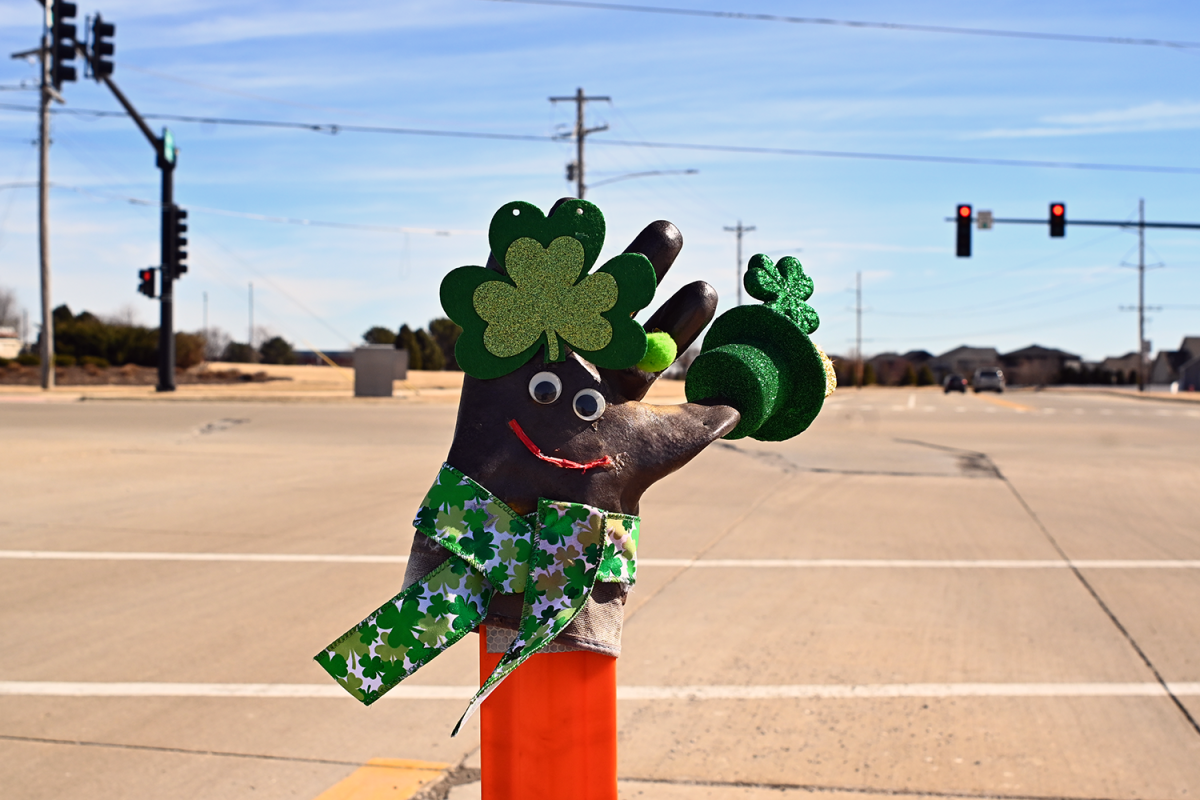
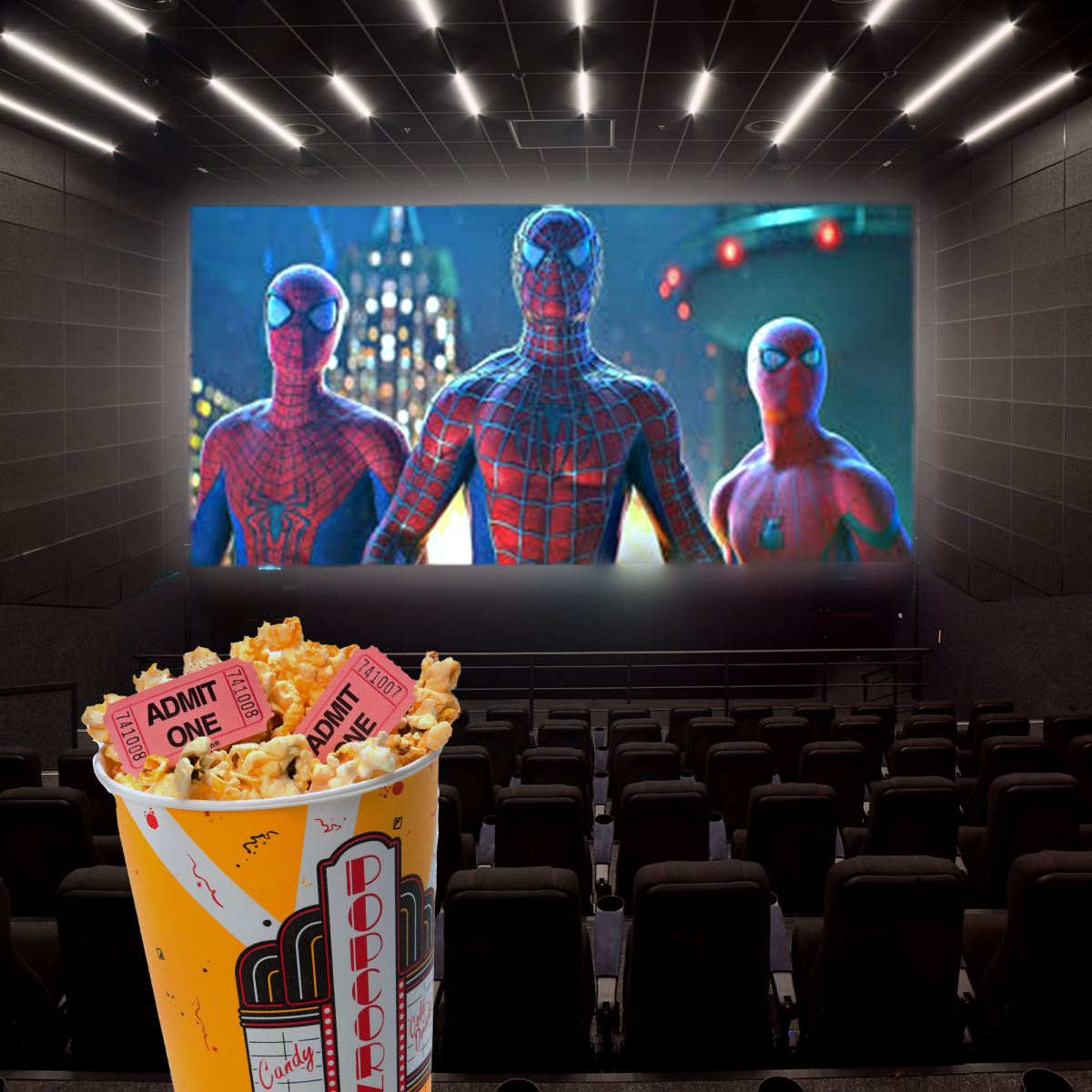

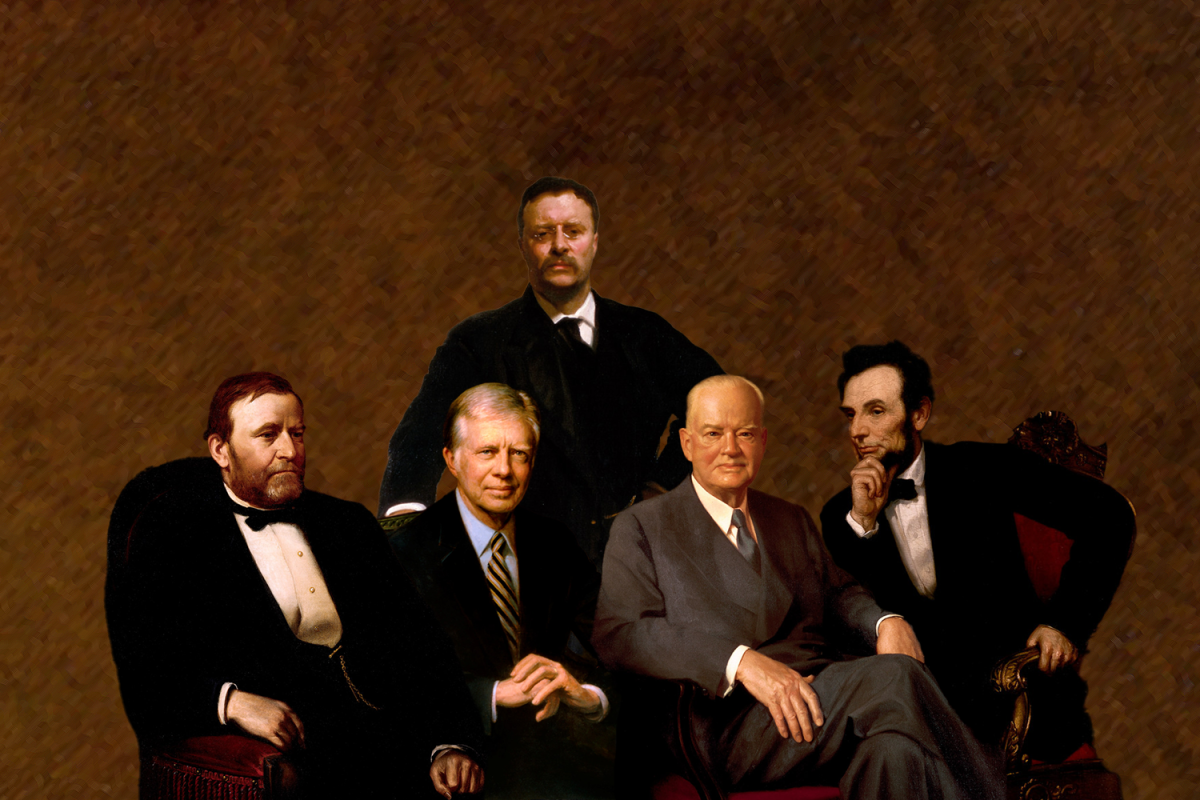
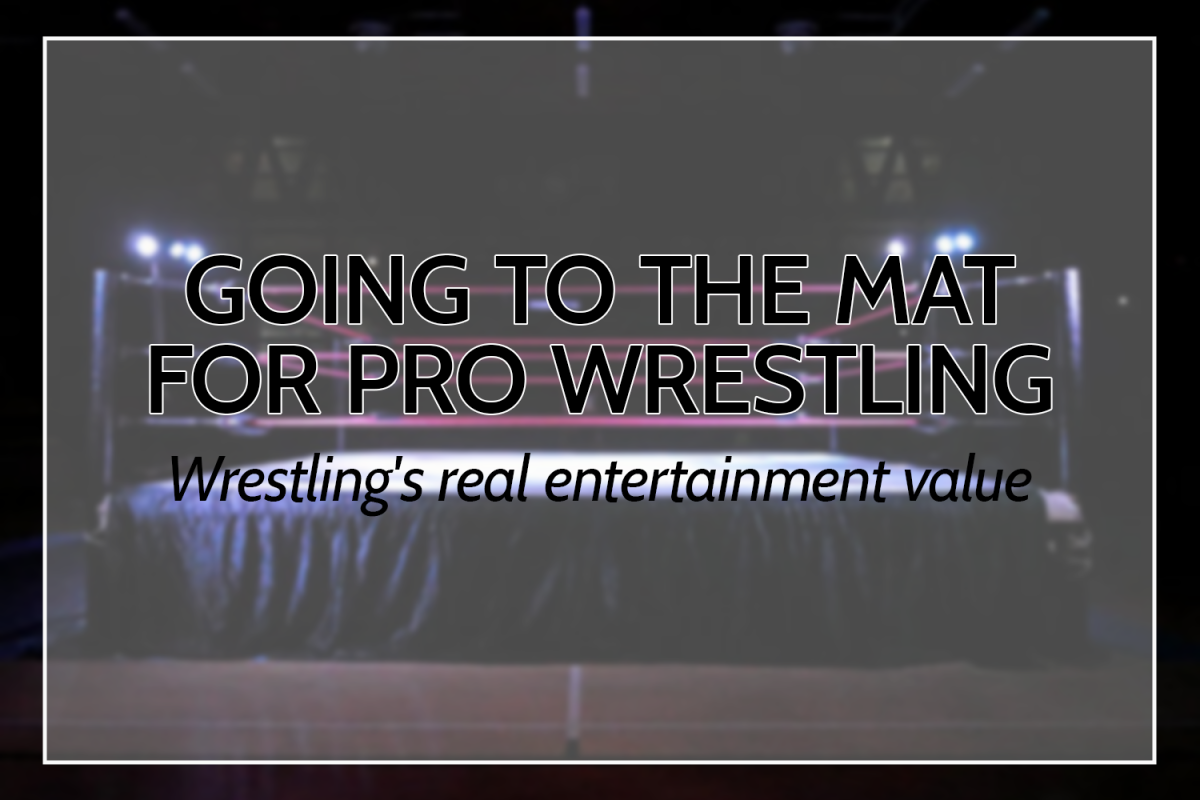



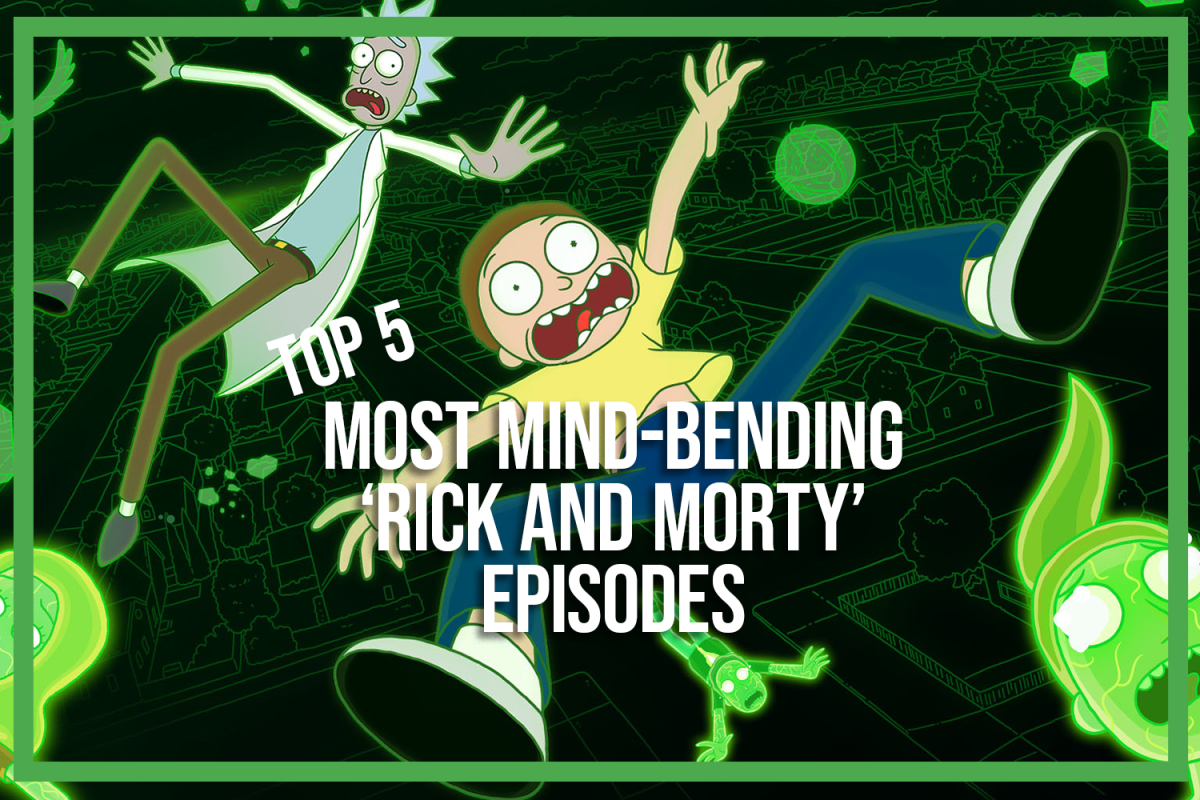
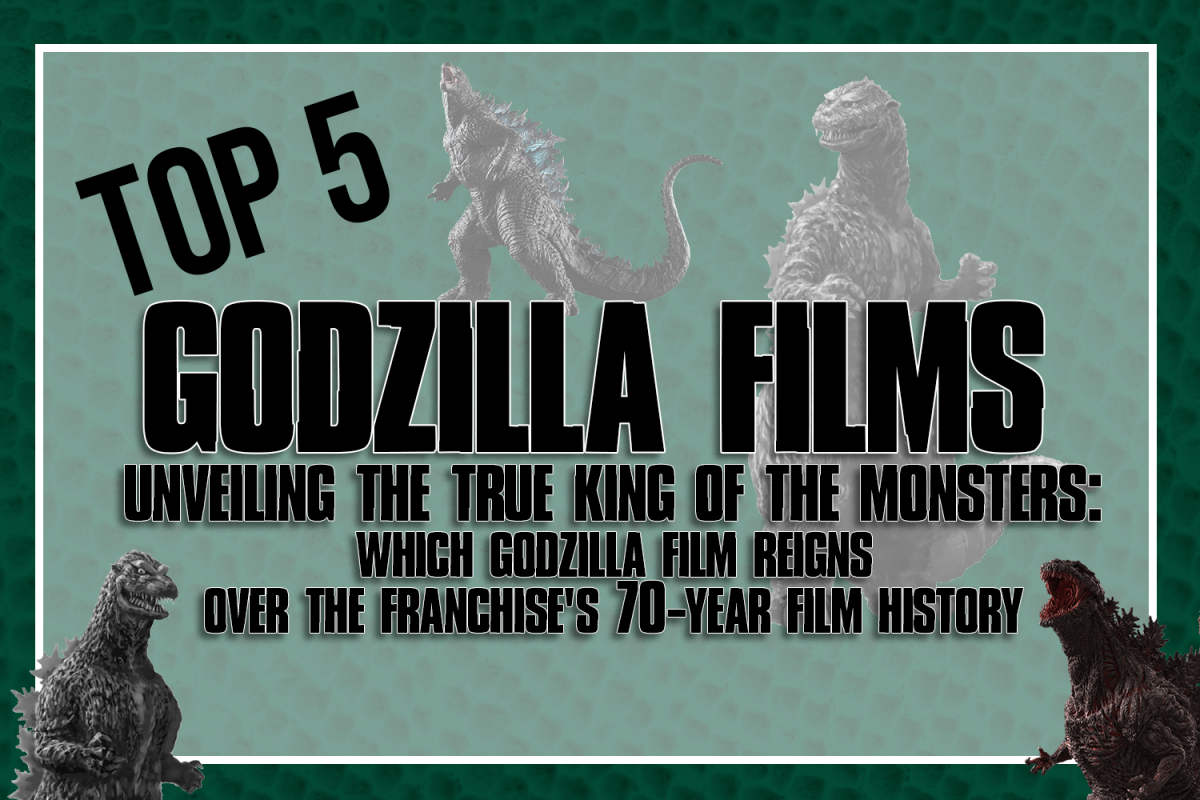




![Cell phone ban in schools? Community responds to proposed legislation [video]](https://nchsinkspot.com/wp-content/uploads/2025/04/Sequence.00_01_09_19.Still001-1200x675.png)
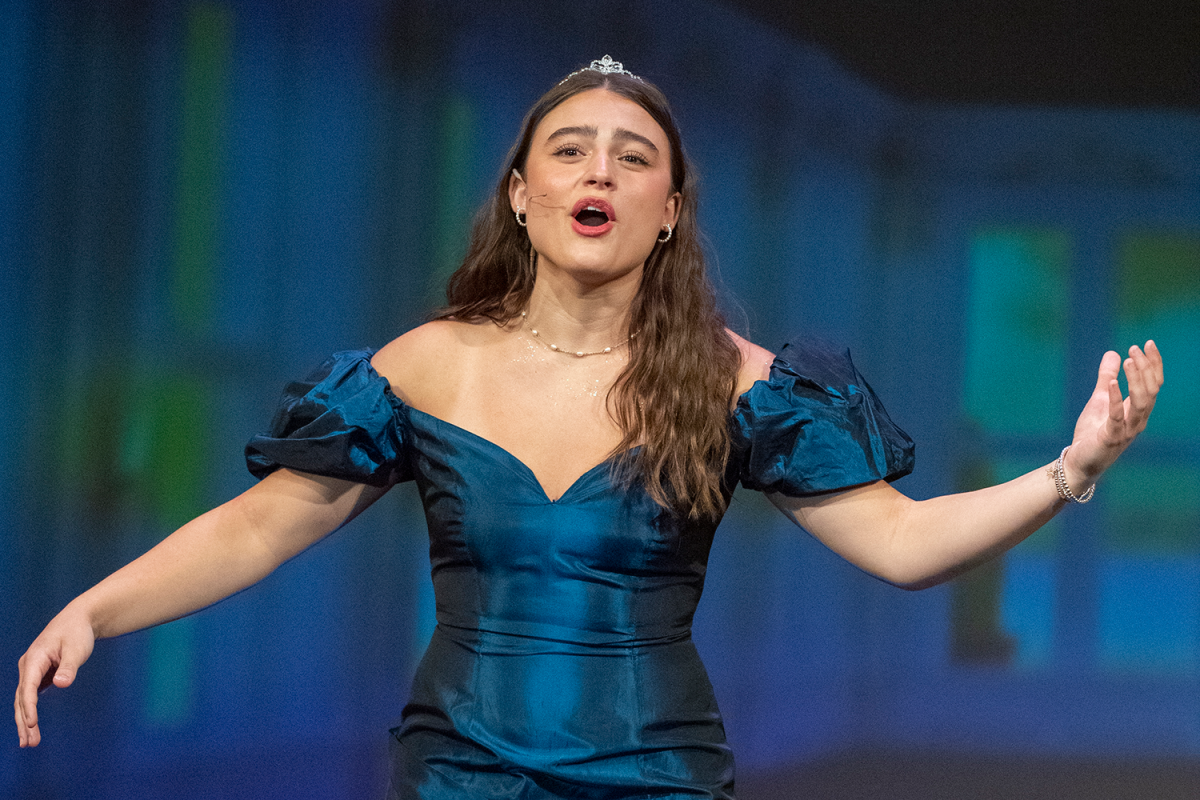



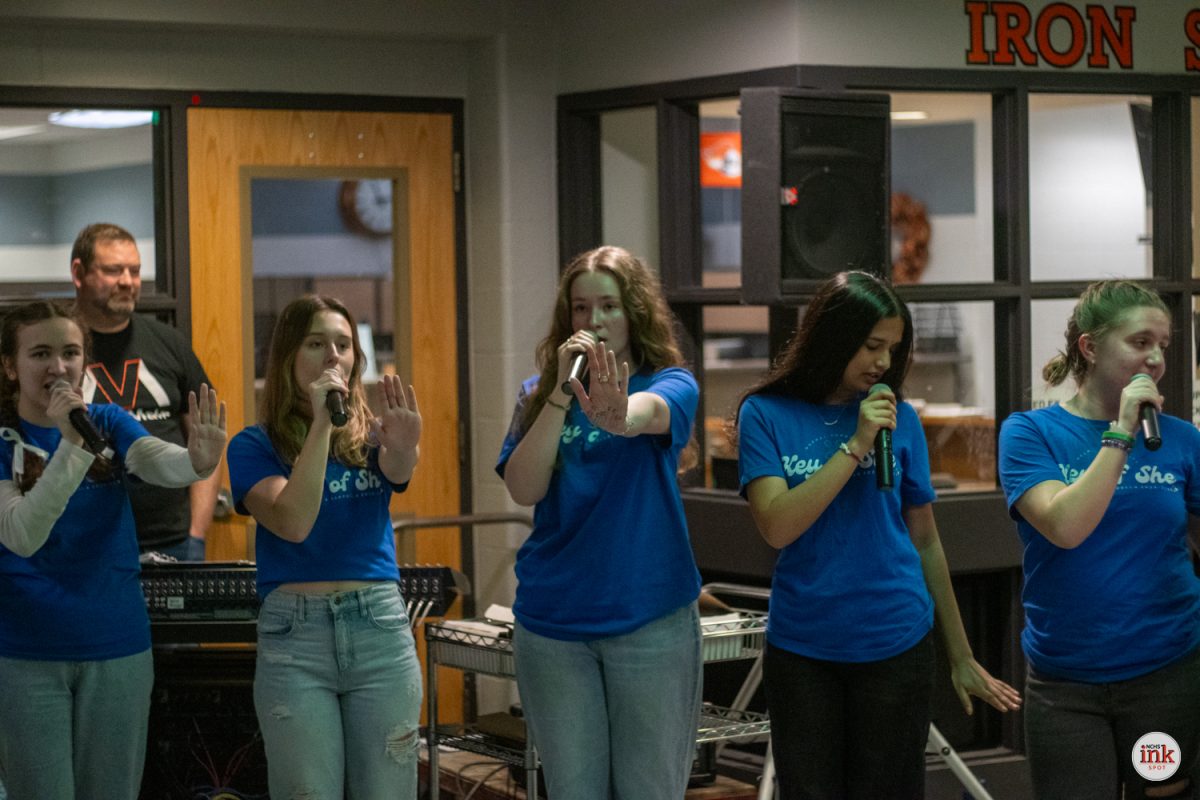
![Ironmen spring sports update: April 9 [video]](https://nchsinkspot.com/wp-content/uploads/2025/04/sports-recap-square-1200x1200.png)

![Ironmen in the hunt: Coach Feeney talks Big 12 Title race ahead of PND matchup [video]](https://nchsinkspot.com/wp-content/uploads/2025/01/feeney-1200x675.png)
![On the Spot: This or That – Halloween [video]](https://nchsinkspot.com/wp-content/uploads/2024/10/tot-Halloween-YT-1200x675.png)
![On the Spot: This or That – Fall favorites [video]](https://nchsinkspot.com/wp-content/uploads/2024/10/ots-fall-web-1200x800.png)
![On the Spot – Teachers tested on 2023’s hottest words [video]](https://nchsinkspot.com/wp-content/uploads/2024/01/On-the-Spot-Teachers-tested-1200x675.png)

